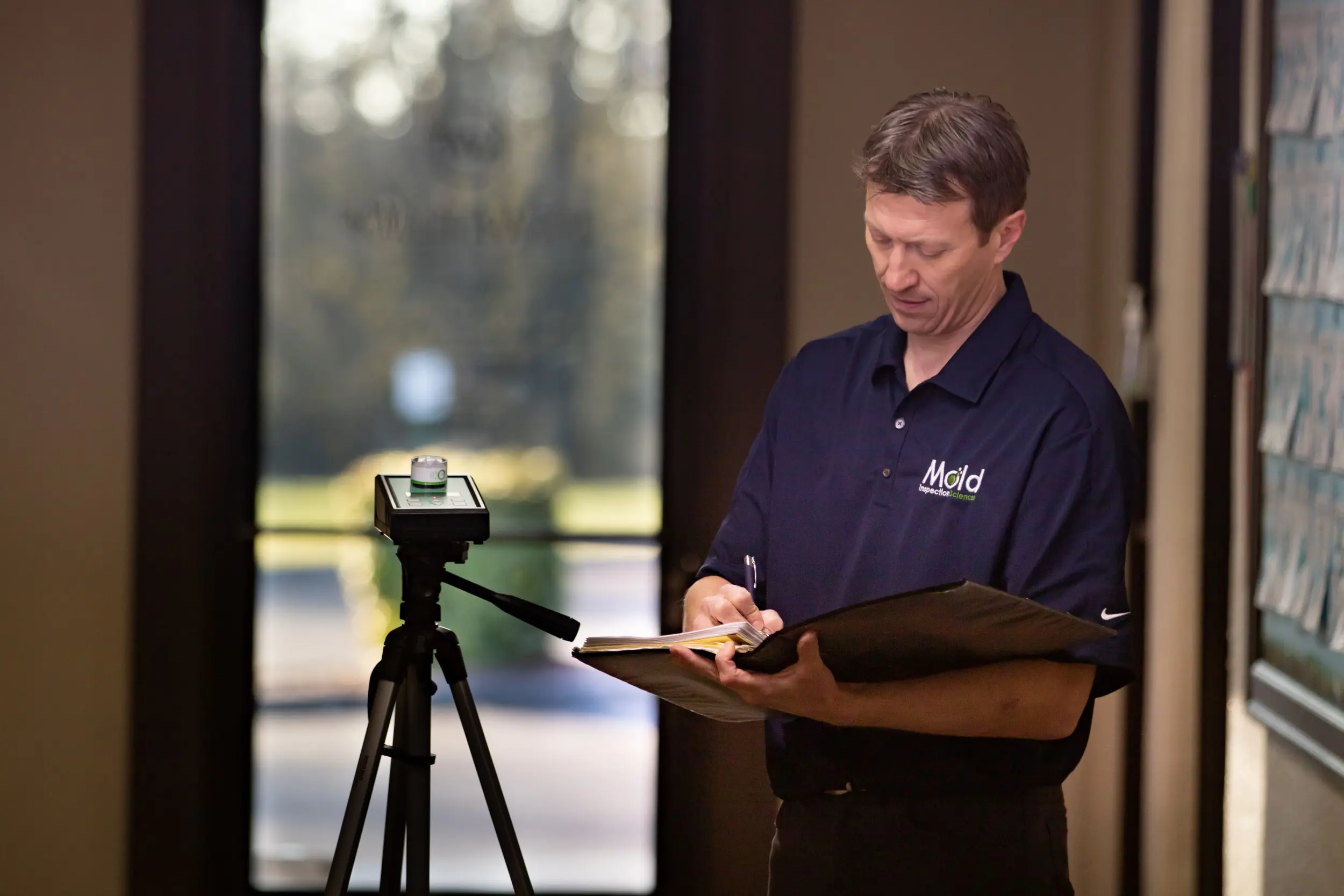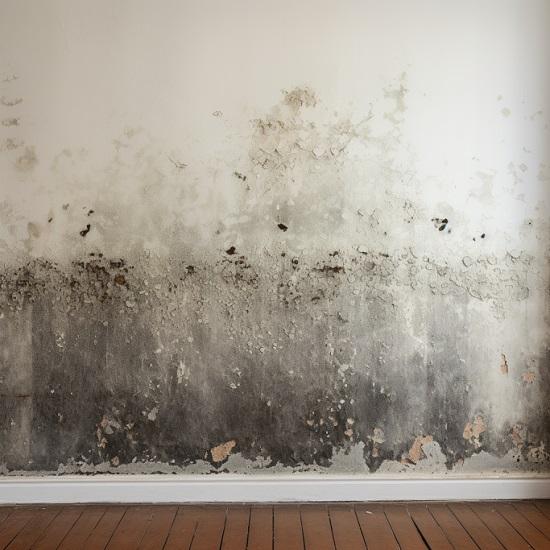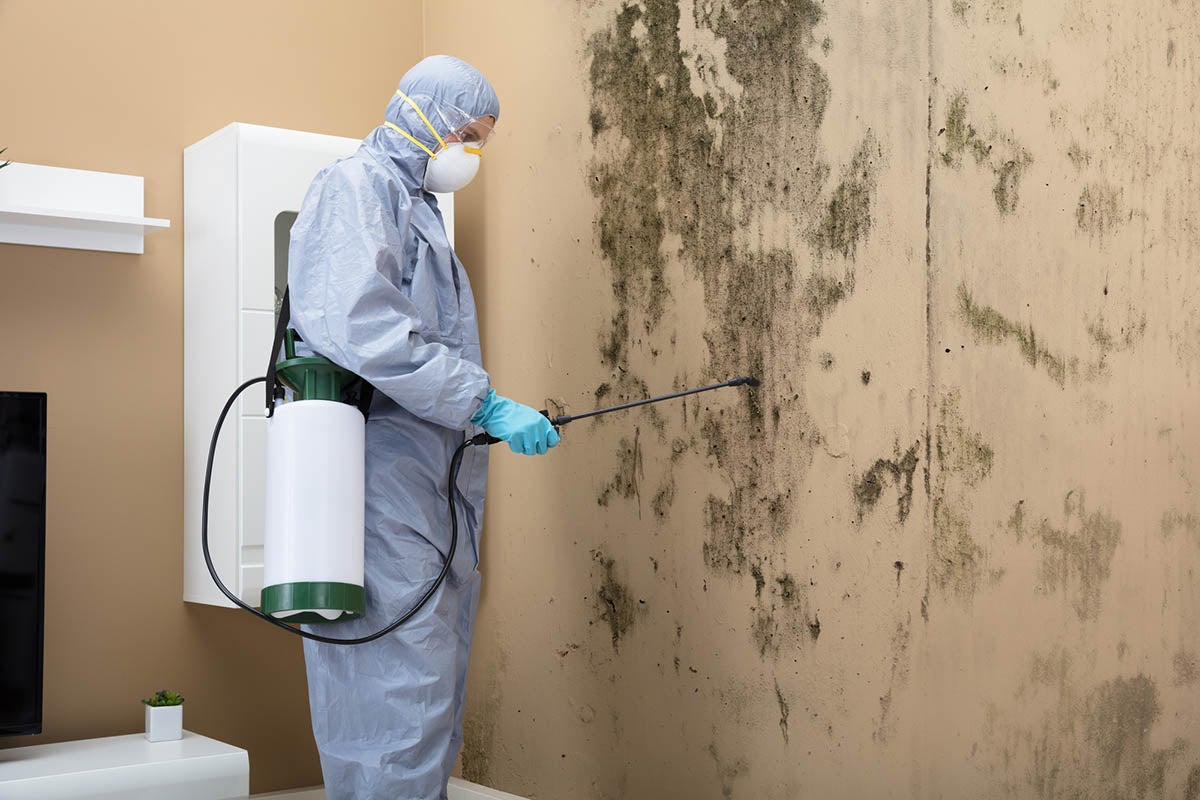Testing Air Quality After Mold Remediation
Your Ultimate Guide to Post Mold Remediation Strategies
In the aftermath of mold and mildew infestation, knowing just how to successfully eradicate the mold and prevent its reoccurrence is vital for preserving a healthy interior environment. From choosing the best cleaning and sanitizing approaches to implementing approaches for long-lasting mold and mildew avoidance, each step in the remediation journey plays a crucial duty in guaranteeing an effective outcome.
Recognizing Post-Mold Remediation Refine
After finishing the mold removal process, it is essential to recognize the post-mold removal techniques that are necessary to ensure a extensive and efficient cleaning. As soon as the mold and mildew has been eliminated, the next step involves cleansing and sanitizing the affected locations to stop any kind of regrowth of mold. This consists of utilizing specialized cleaning representatives to wipe down surface areas and eliminate any remaining mold spores. It is necessary to dry out the area totally to inhibit the growth of mold and mildew in the future (After mold remediation). Correct ventilation and dehumidification can aid in this procedure.
Moreover, performing a final inspection post-remediation is essential to guarantee that all mold has actually been successfully gotten rid of. This evaluation must include a thorough aesthetic check as well as possibly air tasting to confirm the absence of mold and mildew spores airborne. If the assessment discloses any type of lingering mold, added remediation might be necessary. Finally, educating passengers on preventive actions such as managing moisture degrees and immediately resolving any kind of water leaks can aid keep a mold-free setting.
Efficient Cleaning and Disinfecting Approaches

Protecting Against Future Mold Development

Importance of Proper Ventilation
Correct ventilation plays a crucial role in stopping wetness buildup, a crucial consider mold and mildew development within interior atmospheres. Efficient ventilation systems assist eliminate excess moisture from the air, reducing the chances of mold and mildew spores discovering the dampness they require to spread and germinate. Without appropriate air flow, interior spaces can come to be a breeding ground for mold, resulting in prospective health risks and structural damage.
By ensuring correct air flow, air flow systems can also assist in drying out moist locations more promptly after water damages or flooding cases, even more discouraging mold and mildew growth. Post Mold Remediation. Precede like shower rooms, kitchen areas, attic rooms, and basements where dampness degrees tend to be higher, mounting and keeping effective ventilation systems is critical in stopping mold problems

Tracking and Maintenance Tips
Offered the important role that appropriate ventilation Click Here plays in stopping mold and mildew growth, it is critical to establish efficient tracking and upkeep pointers to make certain the continued performance of air flow systems. Routine examinations of ventilation systems ought to be performed to look for any kind of signs of clogs, leaks, or malfunctions that might hinder appropriate airflow. Surveillance humidity levels within the property is likewise essential, as high moisture can add to mold development. Installing a hygrometer can assist track moisture levels and sharp house owners to any spikes that might call for interest. Additionally, guaranteeing that air filters are on a regular basis cleaned or replaced is crucial for maintaining the effectiveness of the air flow system. Implementing a timetable for regular maintenance jobs, such as air duct cleaning and heating and cooling system examinations, can help prevent problems prior to they escalate. By staying proactive and alert to the problem of air flow systems, homeowner can successfully alleviate the danger of mold and mildew regrowth and keep a healthy interior atmosphere.
Final Thought
To conclude, post-mold removal strategies are important for ensuring a safe and tidy atmosphere. Understanding the procedure, applying effective cleansing and sanitizing approaches, protecting against future mold development, maintaining appropriate ventilation, and normal monitoring are all crucial actions in the removal procedure. By adhering to these standards, you can efficiently remove mold and mildew and prevent its return, promoting a healthy and balanced living or working area for all passengers.
In the after-effects of mold and mildew problem, understanding exactly how to effectively get rid of the mold and prevent its reoccurrence is paramount for preserving a healthy interior setting. When the mold has been removed, the following action involves cleansing and disinfecting the influenced areas to avoid any regrowth of mold - After mold remediation. After getting rid of visible mold and mildew development, it is essential to clean up more helpful hints all surface areas in the damaged area to get rid of any kind of continuing to be mold and mildew spores. To even more enhance mold prevention procedures, it is necessary to deal with underlying problems that you can find out more originally led to mold development.Given the important role that proper air flow plays in stopping mold development, it is imperative to establish effective surveillance and upkeep suggestions to ensure the continued functionality of air flow systems